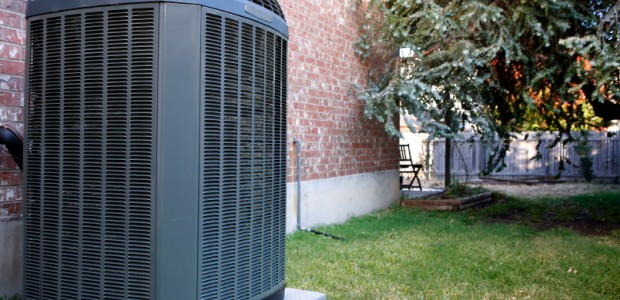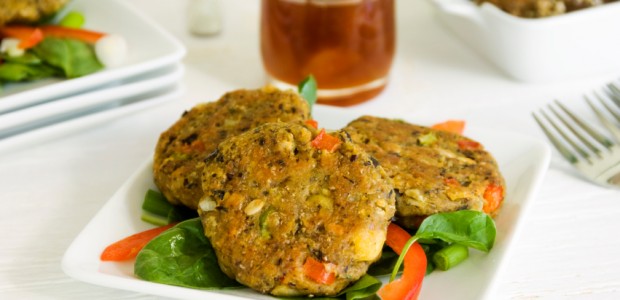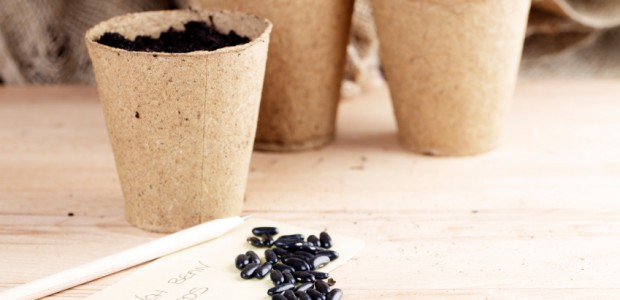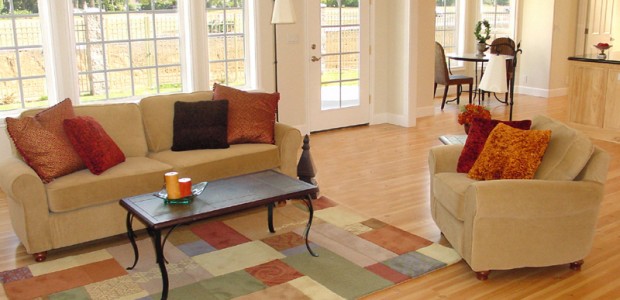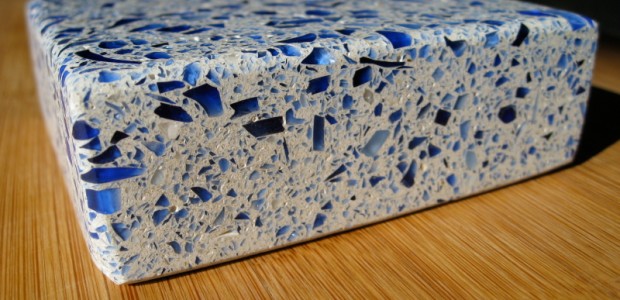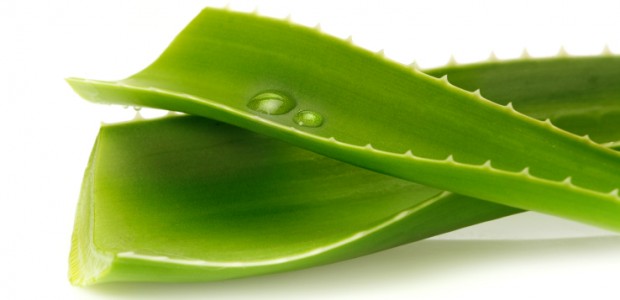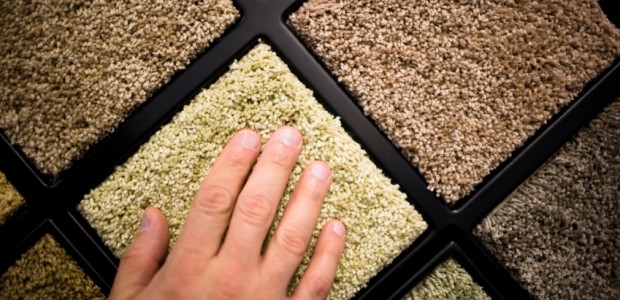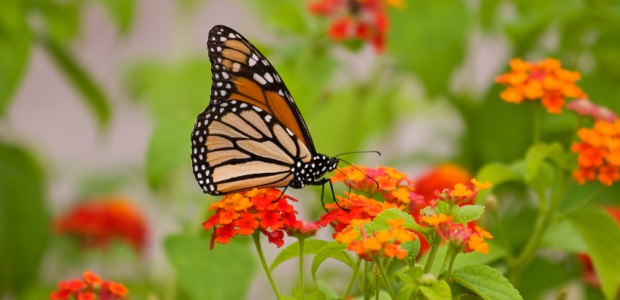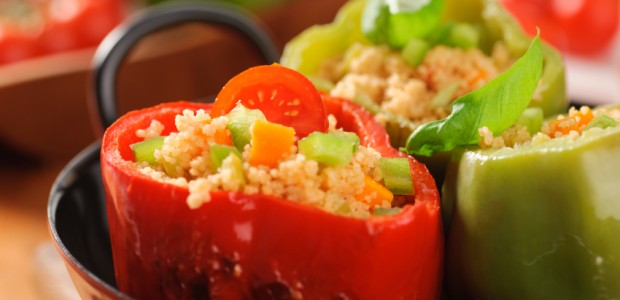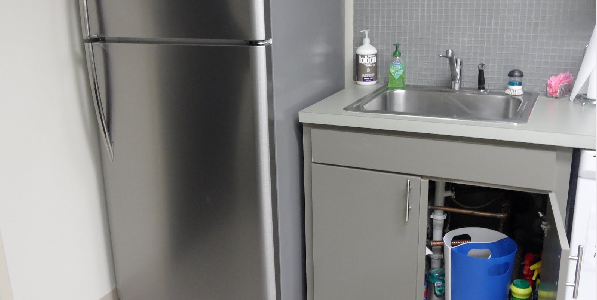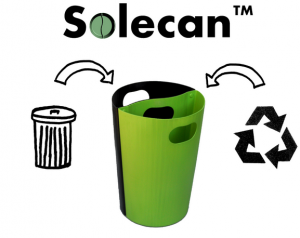Green air conditioning is becoming more widespread as air conditioner manufacturers phase out ozone-depleting refrigerants in their products in order to meet new government regulations. A number of technological advancements are also making AC units greener. With warmer weather on the way now’s a good time to start looking for a new “greener” unit. Whether by purchasing units with energy-saving technologies or by improving a home’s energy efficiency, here are four ways to make air conditioners greener.
Size Matters
An under-sized air conditioner not only won’t keep the home cool but will keep trying, wasting electricity and running up the household’s energy bills. A too-small unit won’t be able to balance the air cooled in the unit’s condenser with the humid, expended air that the evaporator draws out from the home. Be sure that your unit fits with the size of your home for maximum savings.
Two-Stage Compressors
It’s the compressors of an air conditioning unit that typically uses the most electricity. Compressors have to work hard to squeeze out the heated vapors so that the refrigerant returns to its cooled state. Two-stage compressors automatically compress less on cool days and more when it’s hot, saving energy.
Programmable Thermostats
Installing a programmable thermostat is one of the most affordable ways and one of the easiest ways to green up an air conditioning system. Homeowners can program the thermostat to remain off when no one is at home and to automatically turn on and cool the home for the household’s return.
Regular Maintenance
HVAC professionals should inspect and service air conditioning units at least once each year. Maintenance includes testing refrigerant pressure, accessing the unit’s air flow and checking for leaks. HVAC specialist may also recommend modifications to increase the system’s energy efficiency. By doing routine maintenance you can save yourself money and help out the planet at the same time!
